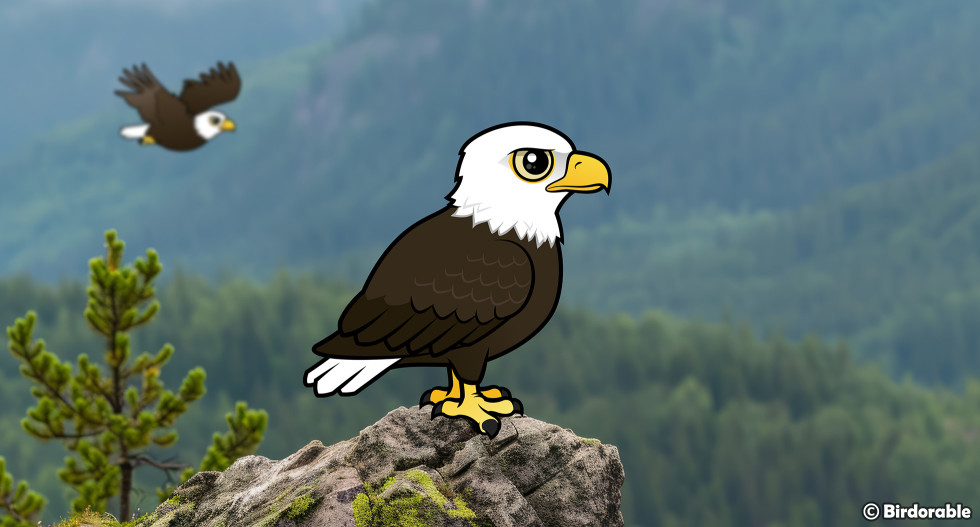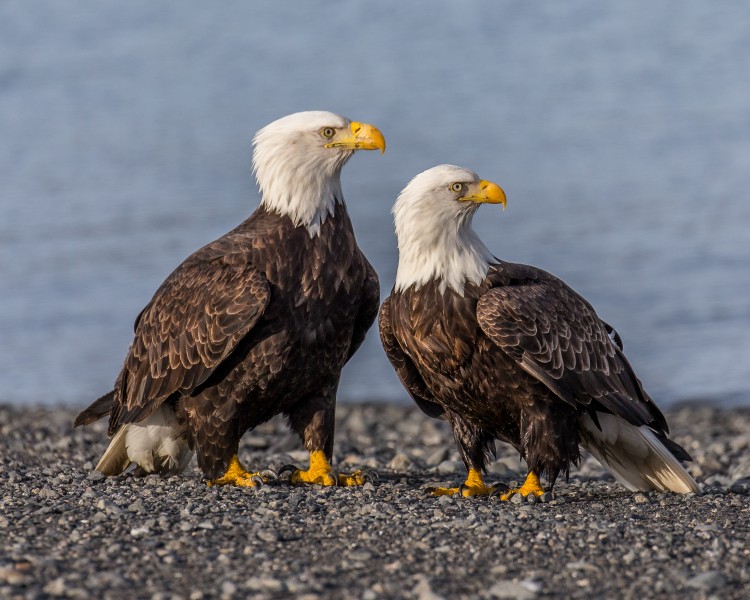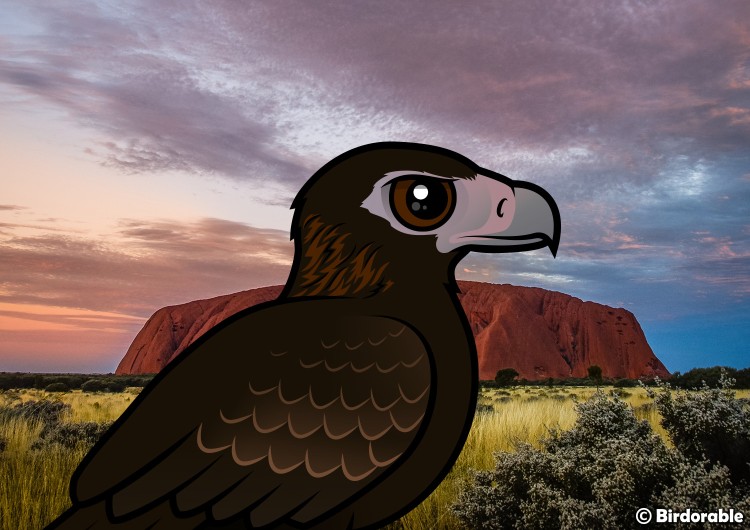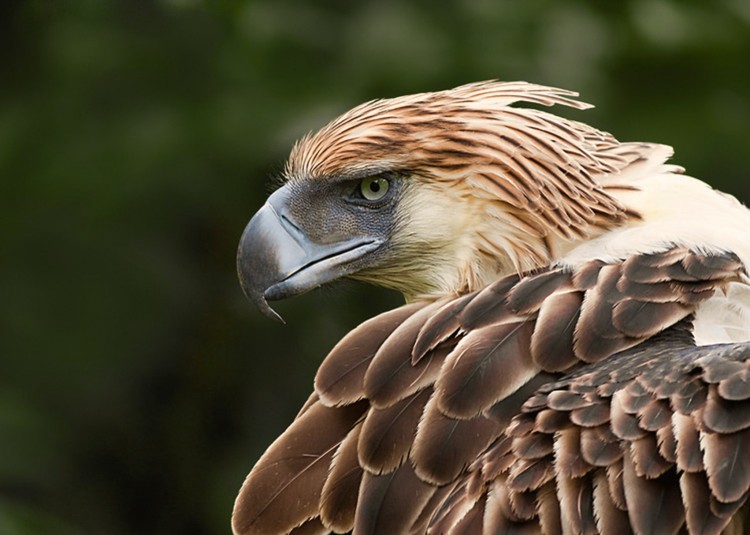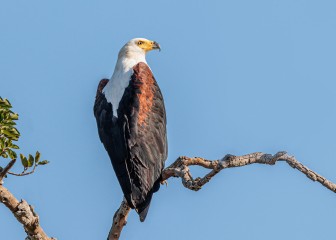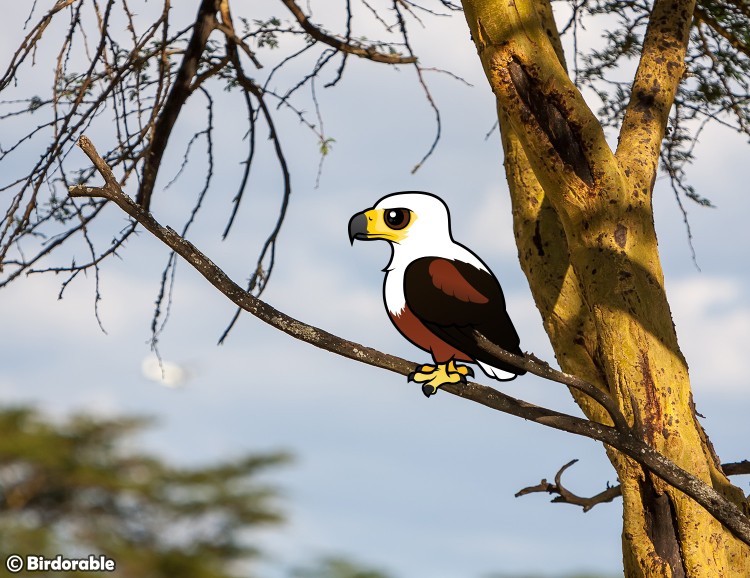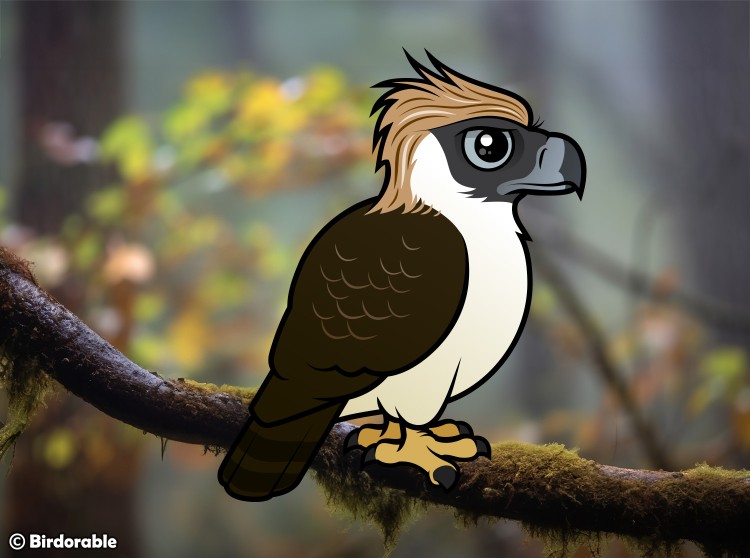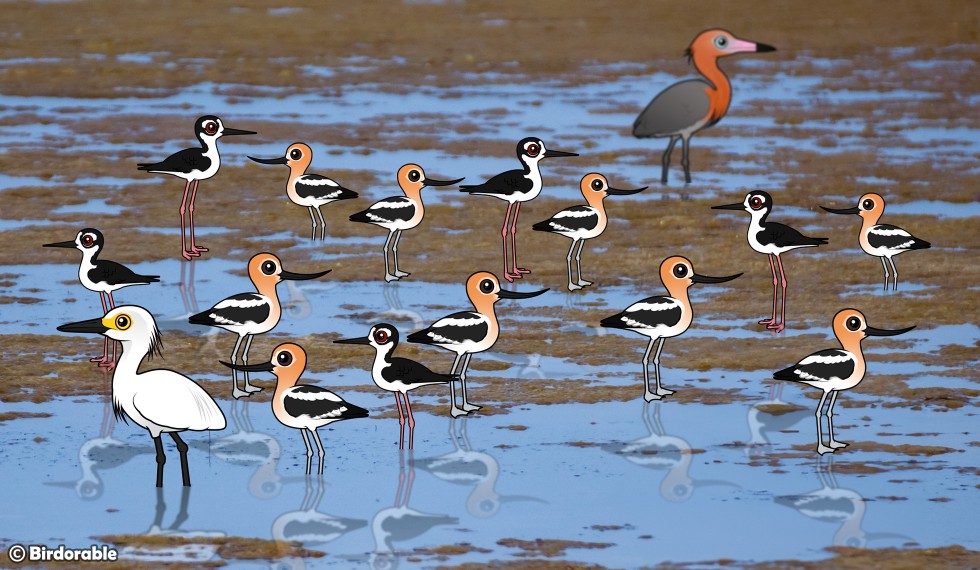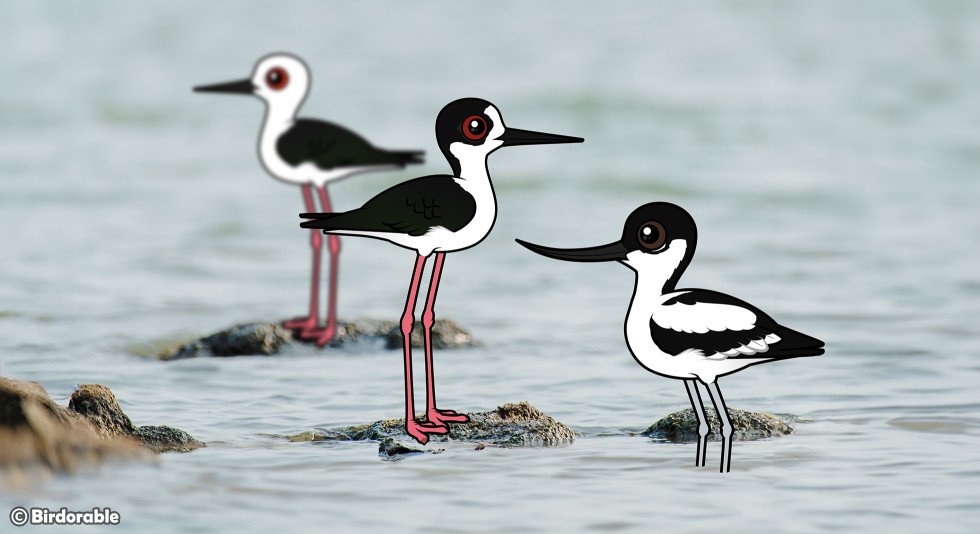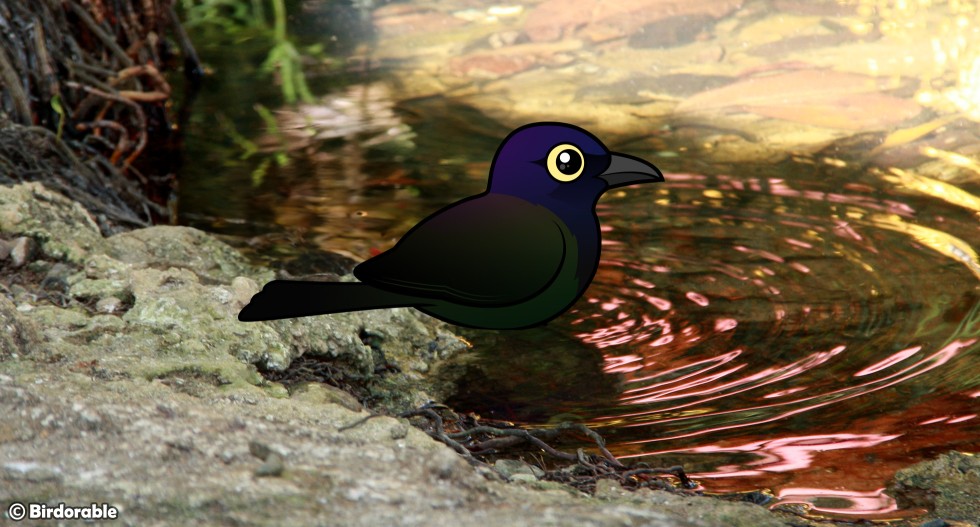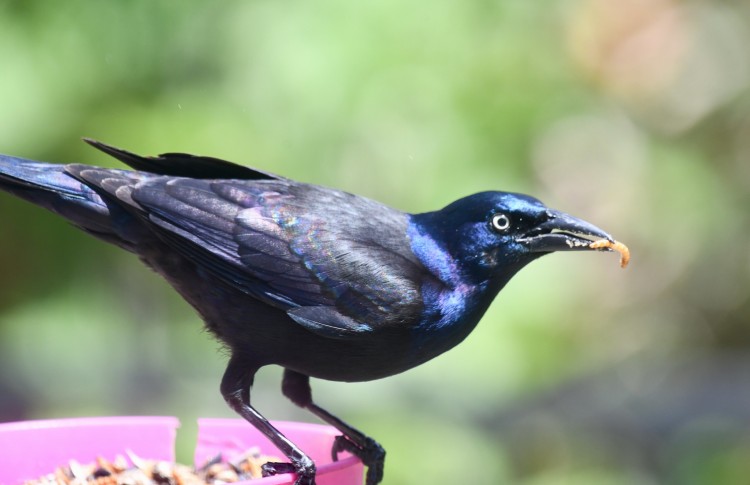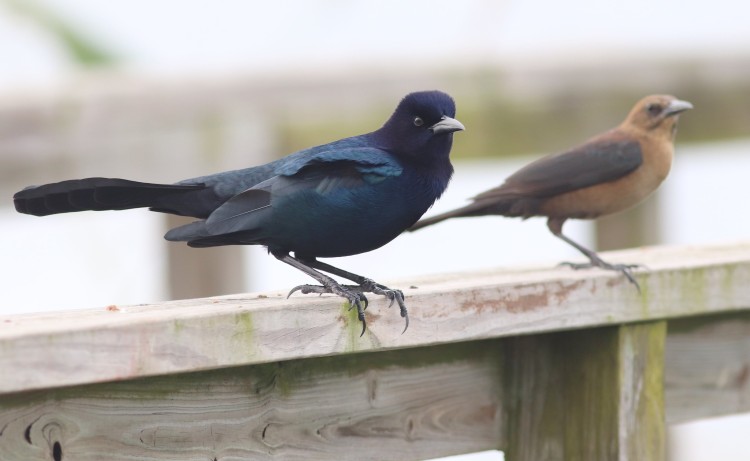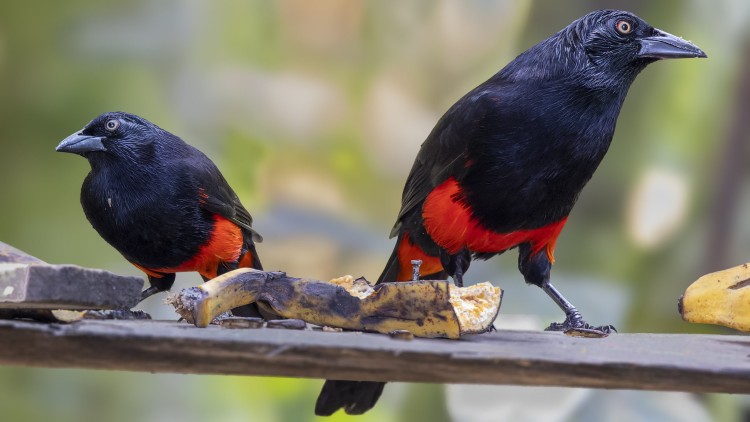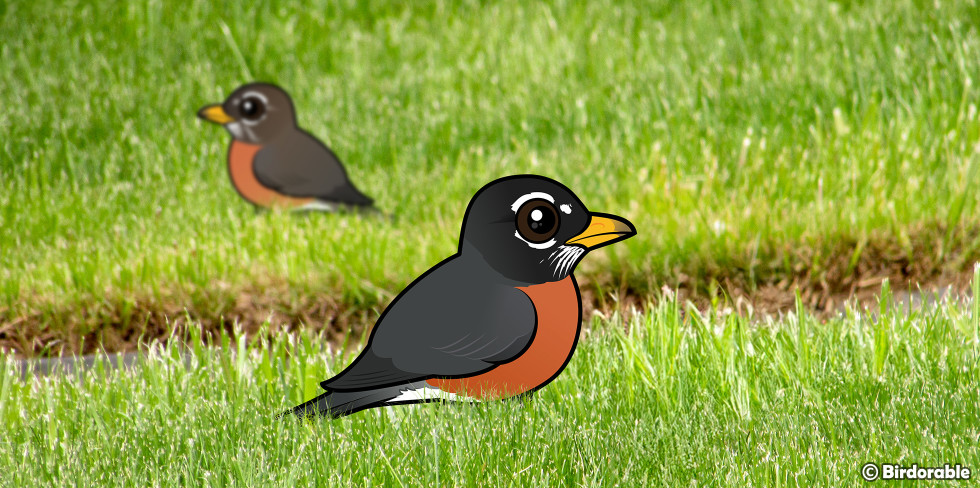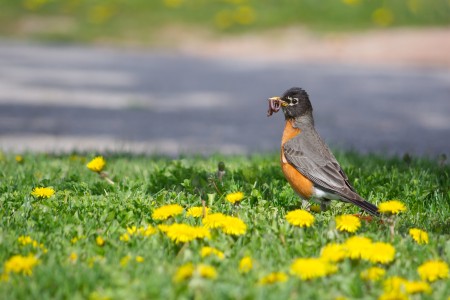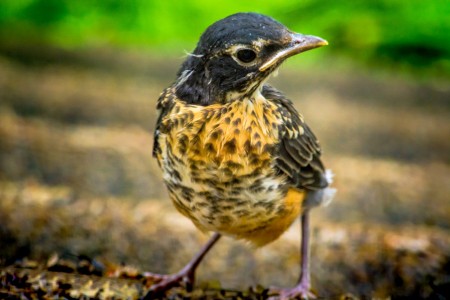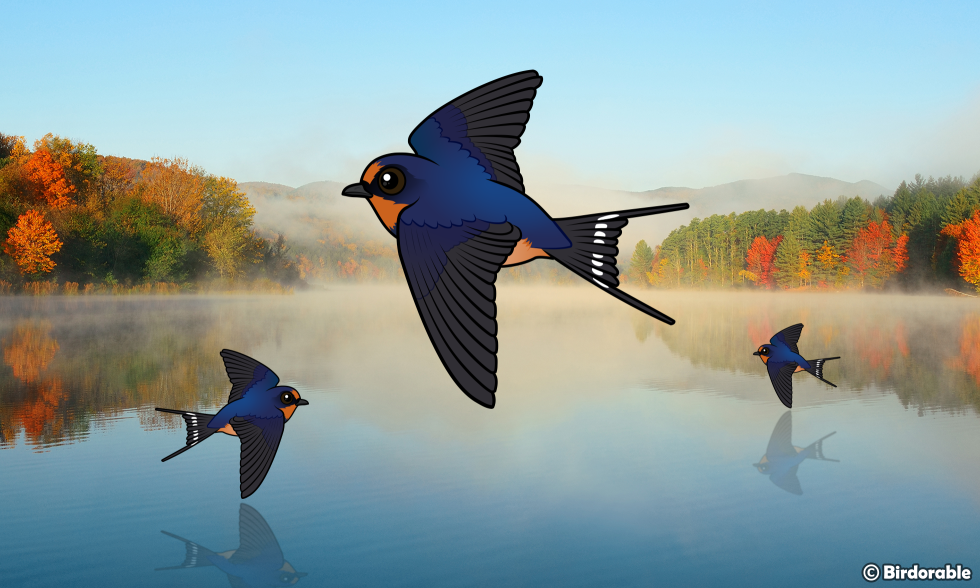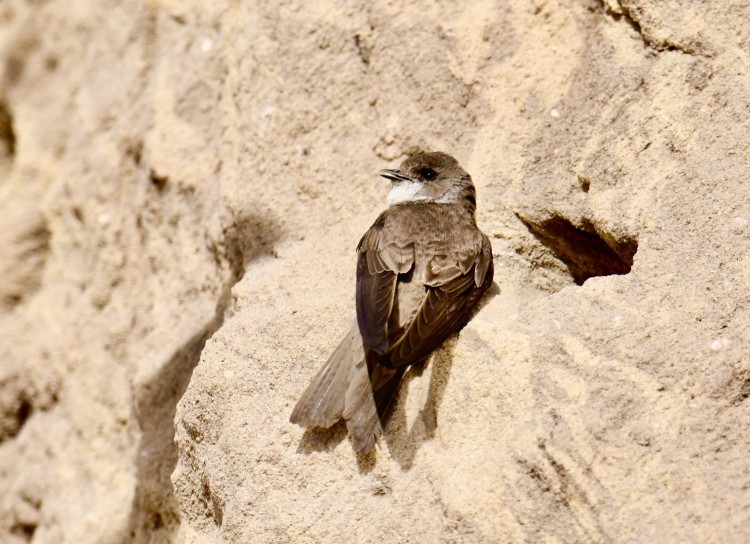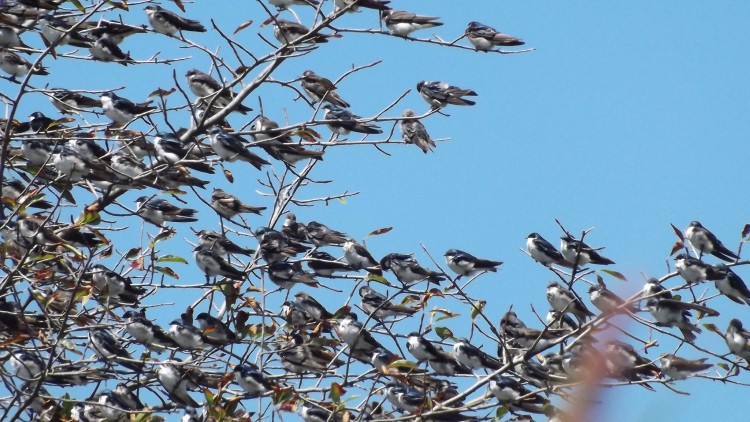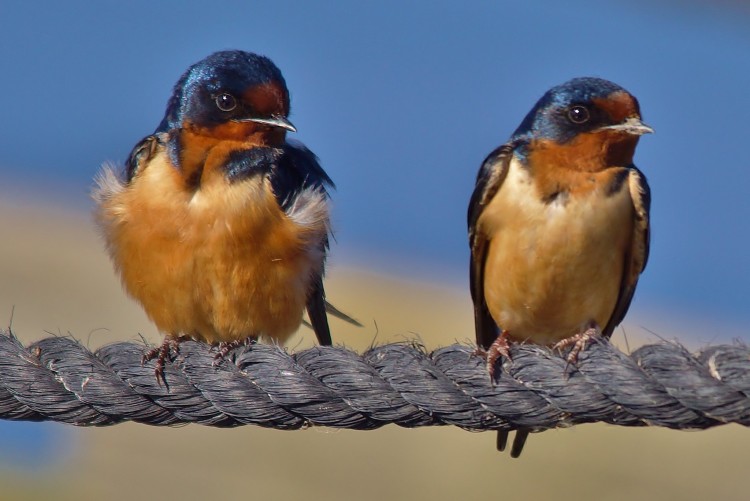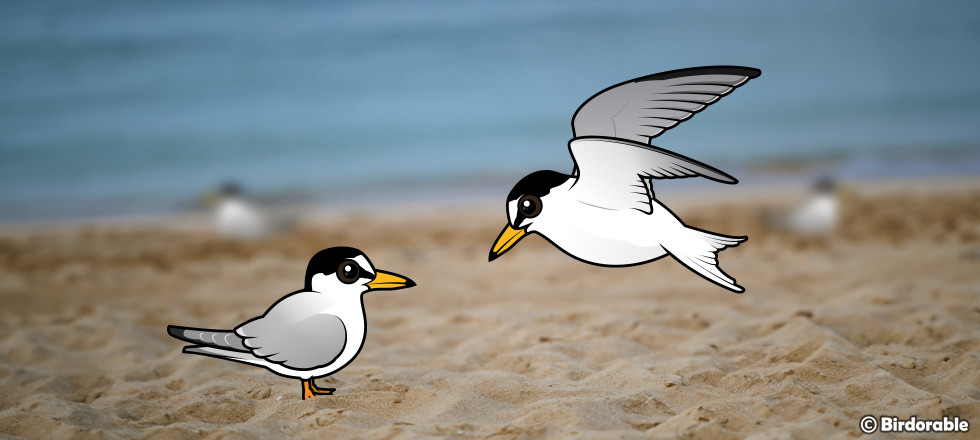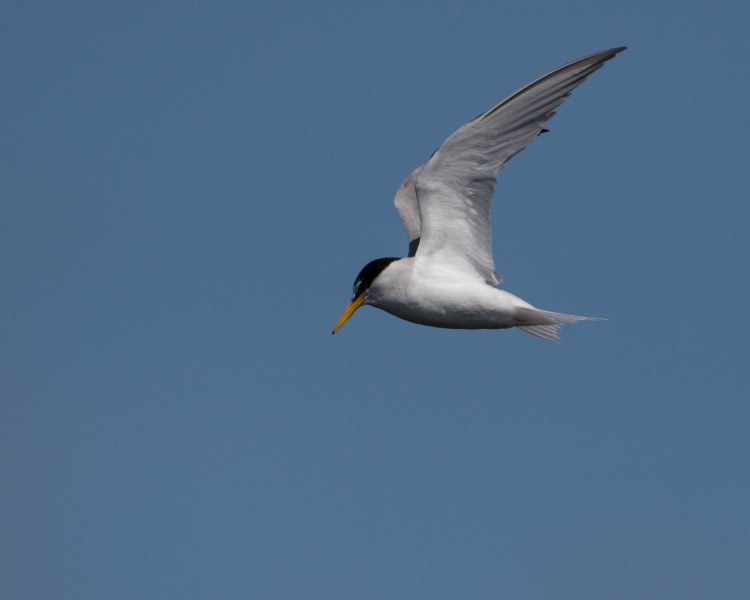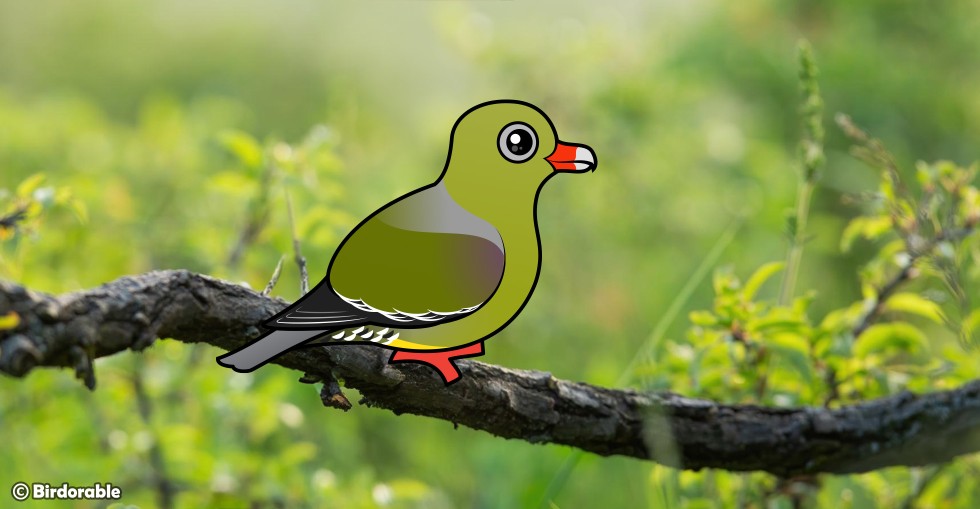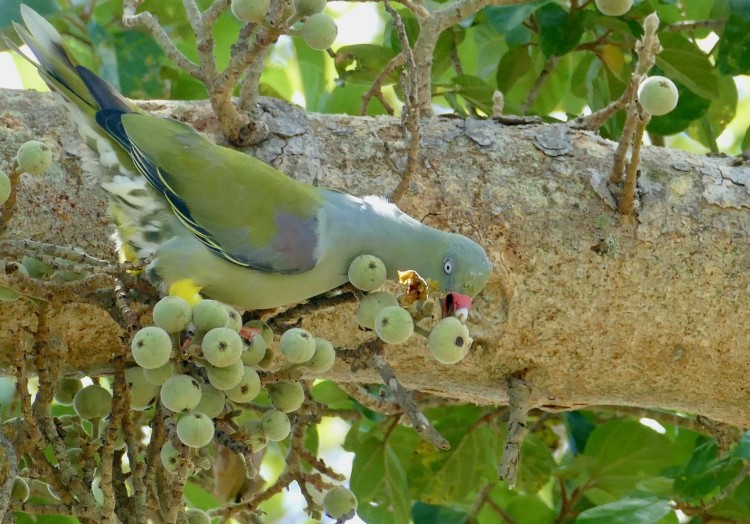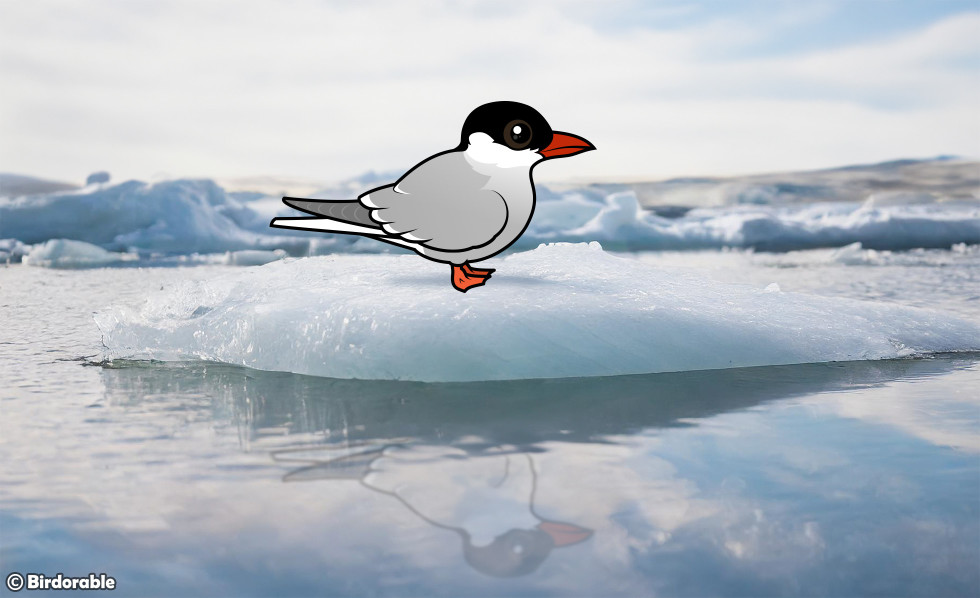
World Migratory Bird Day is a global celebration of one of the most incredible natural phenomena: bird migration. Each year bird migration is celebrated in the spring and fall. This fall, World Migratory Bird Day is today, October 12, 2024. This is a great opportunity to learn about the remarkable journeys these birds undertake, the challenges they face, and how we can help protect them. Whether you’re a seasoned birdwatcher or a casual nature lover, World Migratory Bird Day is a time to appreciate our feathered friends as they travel across continents.
Bird migration is one of the most impressive survival strategies in the animal kingdom. Each year, billions of birds travel thousands of miles between their breeding and wintering grounds. They navigate through changing weather, avoid predators, and face threats from habitat loss, all to reach their destinations. Some species, like the Arctic Tern, migrate as far as 25,000 miles round-trip, making them one of the most well-traveled animals on Earth. These long-distance travelers remind us of the interconnectedness of ecosystems across the globe.
World Migratory Bird Day aims to raise awareness about the importance of conserving the habitats that migratory birds rely on. It’s a day to highlight the challenges birds face, such as climate change, deforestation, and pollution, and to promote ways we can help protect their migratory pathways. From wetlands to forests, the habitats birds need for resting and feeding are under threat, and it’s up to all of us to help preserve these critical areas.
The special theme for the day this year is insects, and the important role they play in the successful migration of many bird species.
To get into the spirit of World Migratory Bird Day, let’s take a look at a few fun facts about migratory birds:
-
Longest Migration: The Arctic Tern holds the record for the longest migration. These incredible birds fly from the Arctic to the Antarctic and back every year, covering up to 25,000 miles! That means they see two summers each year, living in nearly constant daylight as they chase the sun across the globe.
- Longest Non-stop Flight
The Bar-tailed Godwit holds the record for the longest non-stop flight of any bird. These shorebirds fly from their breeding grounds in Alaska to their wintering grounds in New Zealand, a distance of over 6,800 miles. Like some other amazing migrants, they complete this journey without stopping for food, water, or rest. These godwits may fly non-stop for up to nine days straight! This incredible endurance is made possible by their ability to store large amounts of body fat before migration. -
Highest Flyer: The Bar-headed Goose is known for flying over the Himalayas during its migration, reaching altitudes of up to 29,000 feet. That’s higher than Mount Everest! These birds have specially adapted bodies that help them thrive in thin, oxygen-poor air.
-
Nonstop Warbler: The Blackpoll Warbler, a small songbird, makes a nonstop flight over the Atlantic Ocean during its fall migration. It flies for about 72 hours straight, covering up to 1,500 miles without stopping for food or water. This is the longest migration taken by any species of warbler. Talk about endurance!
- Impressive Commuters
The Red Knot is a long-distance migratory bird, covering up to 9,300 miles each year. These birds breed in the Arctic and migrate to coastal areas as far south as South America, including Tierra del Fuego. Red Knots rely on specific stopover sites along their migration route, where they refuel by eating small invertebrates, particularly horseshoe crab eggs. Their migration is one of the longest known among shorebirds. -
Massive Flocks: Some migratory birds travel in enormous flocks. The Snow Goose, for example, can be seen flying in groups of thousands as they head south for the winter. Their synchronized flight patterns, often in the iconic V-formation, help conserve energy during long migrations.
-
Magnetic Navigators: Many migratory birds, like the European Robin, have a special ability to sense the Earth’s magnetic field. This internal compass helps them find their way, even across vast distances and unfamiliar terrain. Scientists are still studying exactly how this works, but it’s clear that birds have an impressive sense of direction!
-
Flight Not Required
The Adélie Penguin, native to Antarctica, undertakes a journey of up to 8,100 miles each year. Unlike flying migratory birds, Adélie Penguins travel by walking, swimming, and sliding on their bellies. These penguins migrate between their breeding colonies and feeding grounds, navigating across vast distances of ice and sea. They are known for their tough, cold-enduring lifestyle, thriving in some of the harshest environments on Earth.
Learn More About the Birds Featured in this Post
One of the best ways to celebrate World Migratory Bird Day is to spend time outdoors observing birds. Many species are in the middle of their migration in the middle of October, making it a prime time to catch sight of birds passing through your area. Head to a local park, wetland, or nature reserve with your binoculars, and see which migratory birds you can spot. You might see a flock of geese flying overhead, or a tiny warbler flitting through the trees, refueling for its long journey.
Another great way to participate is by supporting conservation efforts. Many organizations work to protect migratory bird habitats and reduce the threats they face. Donating to these groups, participating in citizen science projects like eBird, or planting native trees and shrubs in your backyard are all great ways to help.
World Migratory Bird Day is a time to marvel at the extraordinary feats of these birds and to reflect on the importance of preserving their habitats for future generations. Whether you’re a birdwatcher, conservationist, or just someone who loves nature, this special day is a reminder of how birds connect us across countries and continents.









